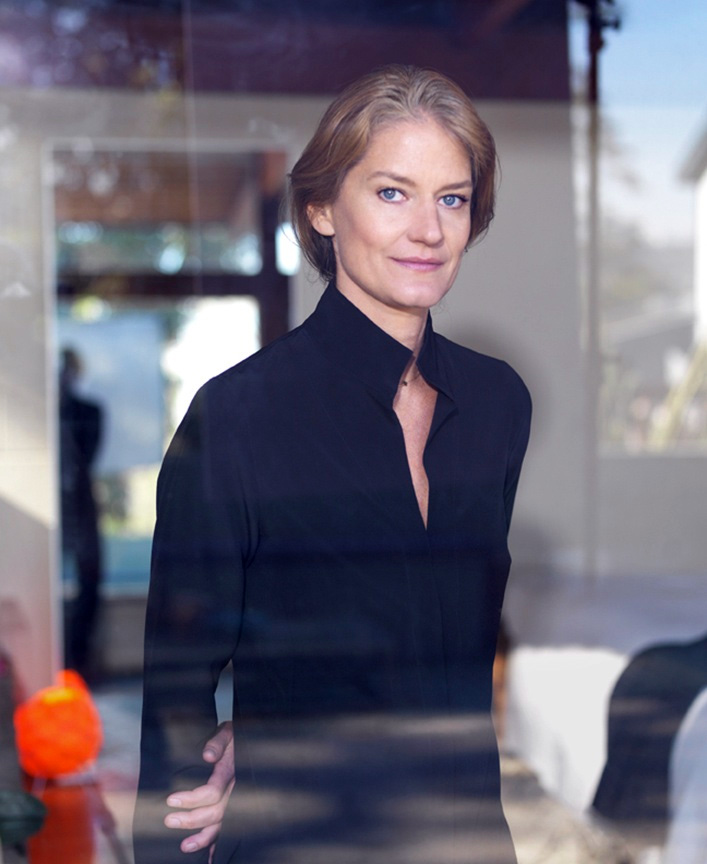Acclaimed for her contemporary depictions, Kuhn is considered a leading artist in the world of figurative discourse. Throughout a career spanning more than twenty years, the underlying theme of her work is her reflection on humanity's longing for spiritual connection and solidarity. As she solidified her photographic style, Kuhn created a notable approach to the nude by developing friendships with her subjects, and employing a range of playful visual strategies that use natural light and minimalist settings to evoke a sublime sense of comfort between the human figure and its environment. Her work is natural, restful, and a reinterpretation of the nude in the canon of contemporary art.
For the past two decades, the Los-Angeles based artist's works have been shown steadily, revealing an astonishing consistency in technique, of subject and of purpose. In 2001, Kuhn's photographs were first seen by an influential audience during the exhibition at Charles Cowles Gallery in Chelsea, New York. Kuhn's distinct aesthetic has propelled her as one of the most collectible contemporary art photographers-her work is in private and public collections worldwide and she is represented by galleries across the United States, Europe and Asia.
Kuhn was born in São Paulo, Brazil, in 1969, of German descent. In 1989, Kuhn moved to the US and earned her BA from The Ohio State University, before furthering her studies at the San Francisco Art Institute. She is currently an independent scholar at
The Getty Research Institute in Los Angeles. Occasionally, Mona teaches at UCLA and the Art Center College of Design in Pasadena.
Mona Kuhn's first monograph,
Photographs, was debuted by Steidl in 2004; followed by
Evidence (2007),
Native (2010),
Bordeaux Series (2011),
Private (2014), and
She Disappeared into Complete Silence (2018/19). In addition, Kuhn's monograph titled Bushes and Succulents has been published by Stanley/Barker Editions, with a debut at Jeu de Paume in Paris, in 2019. A stunning career retrospective of Mona Kuhn's Works has been published by Thames & Hudson, Spring 2021. Kuhn's forthcoming publication Kings Road, will be published and released by Steid this Spring 2022.
Mona Kuhn's work is in private and public collections worldwide, including
The J. Paul Getty Museum,
Los Angeles County Museum of Art, The Hammer Museum,
Perez Art Museum Miami,
Museum of Fine Arts, Houston, and the
Kiyosato Museum in Japan. Kuhn's work has been exhibited at The Louvre Museum and Le Bal in Paris; The Whitechapel Gallery and Royal Academy of Arts in London; Musée de l'Elysée in Switzerland; Leopold Museum in Vienna Austria, The Polygon Gallery in Vancouver Canada, Taipei Fine Arts Museum in Taiwan and Australian Centre for Photography. Mona Kuhn lives and works in Los Angeles.
I'm most comfortable representing the nude as minimal and timeless. I like to cherish the body as a source of inspiration, as a platform for metaphors, for intimacy and complexities of human nature. It is my way of investigating the deepest questions about life. -- Mona Kuhn
Articles
Selected Works at Galeri XII Paris
Paradise Lost at Jackson Fine Art
Works at Galeri XII Los Angeles
Between Modernism and Surrealism at Edwynn Houk Gallery